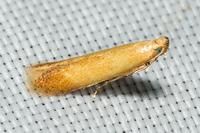
| Recorded by: Mark Shields on 2023-10-06
Onslow Co.
Comment: | 
| Recorded by: Ken Kneidel on 2023-08-01
Mecklenburg Co.
Comment: |

| Recorded by: Ken Kneidel on 2023-08-01
Mecklenburg Co.
Comment: | 
| Recorded by: Ken Kneidel on 2023-07-12
Mecklenburg Co.
Comment: |

| Recorded by: Ken Kneidel on 2023-07-12
Mecklenburg Co.
Comment: | 
| Recorded by: Ken Kneidel on 2023-07-12
Mecklenburg Co.
Comment: |
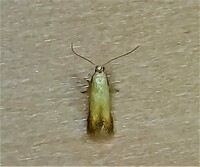
| Recorded by: Gary Maness on 2022-06-10
Guilford Co.
Comment: | 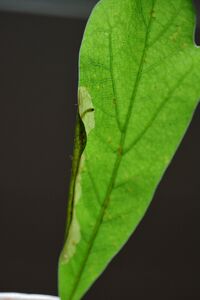
| Recorded by: Tracy S. Feldman on 2022-05-23
Durham Co.
Comment: |
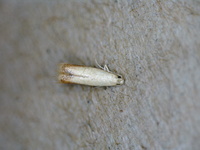
| Recorded by: Tracy S. Feldman on 2022-05-23
Durham Co.
Comment: | 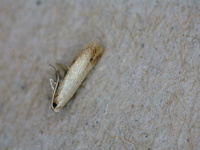
| Recorded by: Tracy S. Feldman on 2022-05-23
Durham Co.
Comment: |
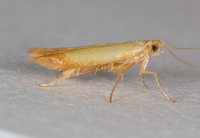
| Recorded by: Jim Petranka on 2022-03-19
McDowell Co.
Comment: Adult that was reared from a mine on Northern Red Oak; occupied mine collected on 14 Oct., 2021; adult emerged on March 19, 2022 after overwintering in refrigerator (see companion photo of mine from 2021-10-14). | 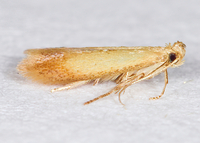
| Recorded by: Jim Petranka and Becky Elkin on 2022-03-10
Surry Co.
Comment: Adult that was reared from a mine on Black Oak; occupied mine collected on 20 Oct., 2021; adult emerged on March 10, 2022 after overwintering in refrigerator. |

| Recorded by: Jim Petranka and Becky Elkin on 2021-10-20
Surry Co.
Comment: Curled leaf adge with occupied mine was on Black Oak; adult emerged on 2022-03-10 (see companion photo). | 
| Recorded by: Jim Petranka and Becky Elkin on 2021-10-14
McDowell Co.
Comment: |
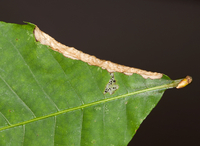
| Recorded by: Jim Petranka and Becky Elkin on 2021-09-12
Madison Co.
Comment: An unoccupied mine on American Chestnut. | 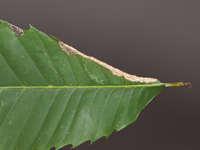
| Recorded by: Jim Petranka and Becky Elkin on 2021-09-03
Madison Co.
Comment: Unoccupied mine was on American Chestnut. |

| Recorded by: Jim Petranka and Becky Elkin on 2021-09-03
Madison Co.
Comment: Unoccupied mine was on American Chestnut. | 
| Recorded by: Jim Petranka and Becky Elkin on 2021-08-26
Yancey Co.
Comment: Mine was on Quercus falcata. |

| Recorded by: Jim Petranka and Becky Elkin on 2021-08-26
Yancey Co.
Comment: Mine was on Quercus falcata. | 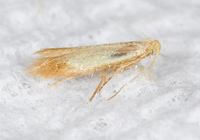
| Recorded by: Jim Petranka on 2021-08-05
McDowell Co.
Comment: An adult that was reared from a mine on American Chestnut (see companion photo from 2021-07-13) |

| Recorded by: Jim Petranka and Becky Elkin on 2021-07-13
McDowell Co.
Comment: An upper-surface, occupied mine on American Chestnut. | 
| Recorded by: Jim Petranka and Becky Elkin on 2021-07-13
McDowell Co.
Comment: A view of the lower leaf surface of an upper-surface, occupied mine on American Chestnut. |

| Recorded by: Jim Petranka and Becky Elkin on 2021-07-13
McDowell Co.
Comment: A backlit image of an upper-surface, occupied mine on American Chestnut. | 
| Recorded by: Gary Maness on 2021-05-19
Guilford Co.
Comment: |

| Recorded by: Gary Maness on 2021-05-19
Guilford Co.
Comment: | 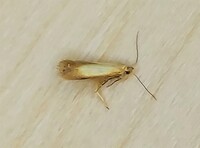
| Recorded by: Gary Maness on 2021-05-02
Guilford Co.
Comment: |
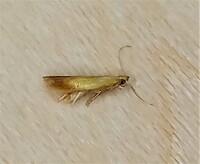
| Recorded by: Gary Maness on 2021-04-18
Guilford Co.
Comment: | 
| Recorded by: Gary Maness on 2021-03-24
Guilford Co.
Comment: |

| Recorded by: Gary Maness on 2021-03-24
Guilford Co.
Comment: | 
| Recorded by: Gary Maness on 2020-08-29
Guilford Co.
Comment: |
|

 »
»

























